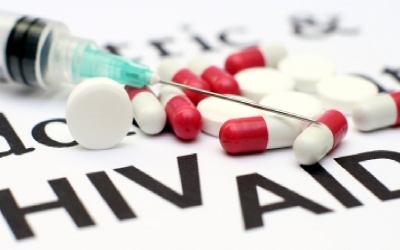How Can Oral Combination Pills Revolutionise Your HIV Care?
Sexual health, and the European HIV drugs market, is set to become hugely impacted by the anticipated launch of drugs currently in the pipeline, and the introduction of oral combination pills. Frost & Sullivan, which provides disciplined research and best-practice models to drive the generation, evaluation, and implementation of powerful growth strategies, has analysed the European HIV Drugs Market, finding that the market earned over £3.6 billion in 2012 and will reach an estimated £6.06 billion in 2019.
For their analysis, Frost & Sullivan covered the most actively used antiretroviral (ARV) therapies, such as nucleoside reverse transcriptase inhibitor (NRTI), protease inhibitor (PI), non-nucleoside reverse transcriptase inhibitor (NNRTI), integrase inhibitors, and other therapeutics (ARV compounds like CCR5 receptor antagonists, fusion inhibitors, maturation inhibitors, attachment inhibitors and PK boosters).
According to Frost & Sullivan Healthcare Research Analyst Deepika Pramod Chopda, ‘In addition to popularly existing therapies like NRTI, NNRTI, PI and integrase inhibitors, new drug candidates over the last decade have spurred the HIV drugs market. The development of new candidates, derived from the less commonly used types of ARV therapies like PK boosters, maturation inhibitors, and attachment inhibitors, is driving the overall market.’
The new candidates assist highly active antiretroviral therapies (HAART), which are a combination of three or four types of ARV therapies. They contain technically advanced features such as easy consumption and higher adherence to combination therapy, as well as improved efficacy, and so wellness experts expect these drugs to boost the prospects of less common drug types. An important factor in market development will be the introduction of one-pill-daily combination drugs. The advantage of these drugs is that they are more convenient and easy to consume, but the key benefit is that reducing the number of drugs that need to be consumed directly reduces your levels of expenditure.
Markey expansion has been restrained due to the absence of established treatment procedures, which creates poor compliance. Disease awareness campaigns, treatment guidelines, counseling sessions and targeted diagnostics from health governing bodies can offset this restriction in the drugs market. Chopda concluded, ‘Awareness building efforts related to HIV prevention among high-risk groups is increasing. Better understanding about the need to practice safe-sex, use sterilised needles and conduct blood transfusion in a sterile environment, are also helping market prospects.’


Comments are closed.